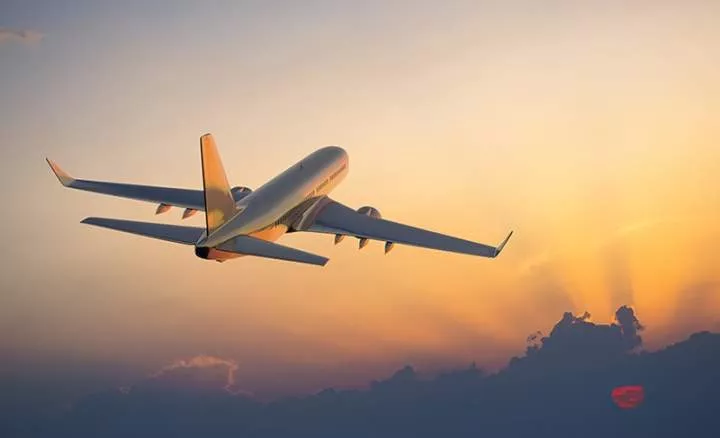
Exploring the Tale of the World's First Air Hostess
In the realm of aviation, the role of air hostesses-the epitome of grace, hospitality, and safety-has undeniably evolved to become an integral part of the flying experience. From the early days of flight to the present, these professionals have left an indelible mark on the industry.
Air hostesses, now widely known as flight attendants, emerged in the early 1930s and have since undergone significant transformations. In the emerging years of commercial aviation, airlines recognized the importance of having a knowledgeable and caring person on board to assist passengers, particularly during medical emergencies. As a result, registered nurses were initially sought after to assume this responsibility.
Aviation history took a noteworthy turn in 1930 when a woman by the name of Ellen Church proposed the idea of employing registered nurses as "sky girls" or "stewardesses." Church, a nurse herself, believed "that women could offer vital medical support while ensuring passenger comfort during flights."
This groundbreaking idea gained momentum when she initiated discussions with Boeing Air Transport (now United Airlines).
Ellen Church's persistence, determination, and belief in women's capabilities ultimately bore fruit. In May, 1930, Church made history by becoming the first-ever air hostess. This trailblazing flight, which covered the distance from San Francisco to Chicago, marked the beginning of a paradigm shift in the aviation industry.
Church's role as the world's first air hostess not only shattered gender stereotypes but also captured the imagination of the public. She proved that women could excel in a previously male-dominated industry, setting the stage for others to follow in her footsteps.
Following Church's groundbreaking achievement, other airlines quickly recognized the value that air hostesses brought to passenger experiences. They began actively recruiting more women and refining their roles beyond medical support. As commercial aviation evolved, the responsibilities of air hostesses expanded to include in-flight services such as food and beverage service, safety demonstrations, and ensuring a comfortable journey for passengers.
The 1950s and 1960s witnessed a particular golden age for air hostesses with the onset of the jet age and the subsequent surge in air travel. These decades saw the iconic air hostess uniforms and an emphasis on elegance, glamour, and exceptional customer service. The image of air hostesses as sophisticated professionals contributed to the allure and glamour associated with air travel during that era.
Over time, the industry recognized the need for professionalism, safety training, and equality. Stereotypes and discriminatory practices gradually gave way to a more inclusive and diverse workforce. Today, flight attendants undergo rigorous training programs, including safety procedures, emergency response protocols, and customer service skills.
As we fly the skies today, it is essential to acknowledge the courageous trailblazers like Ellen Church, who defied conventions and paved the way for generations of air hostesses. Their contributions and dedication have transformed the role of air hostesses from single-purpose registered nurses to highly skilled professionals committed to the safety, comfort, and well-being of passengers.
The history and origin of air hostesses is a testament to the evolving nature of the aviation industry. From humble beginnings to global recognition, the journey of air hostesses mirrors the progress and inclusivity achieved in the skies. As we look forward to the future, it is imperative to celebrate and appreciate the irreplaceable role air hostesses play in shaping the aviation experience we enjoy today.

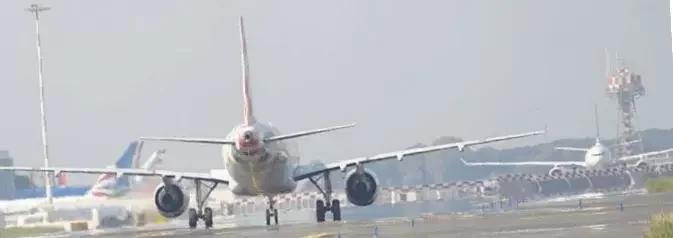

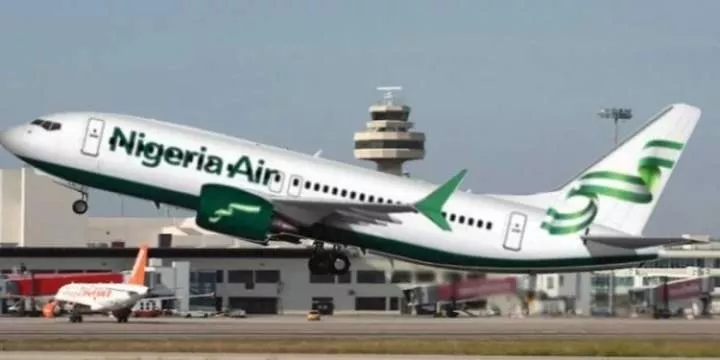
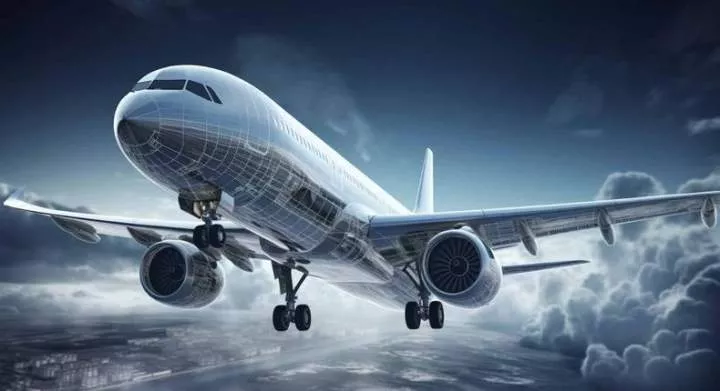
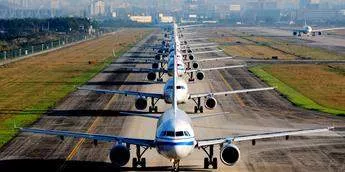
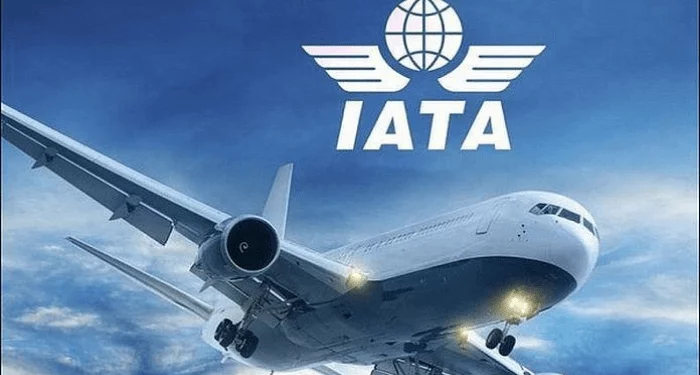









Comments